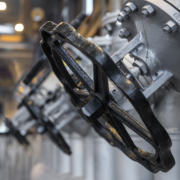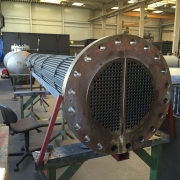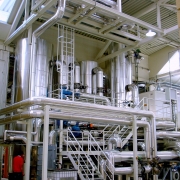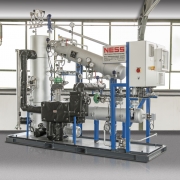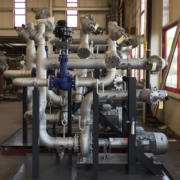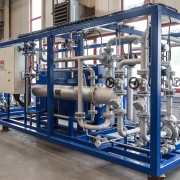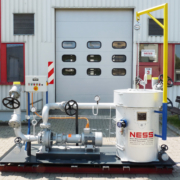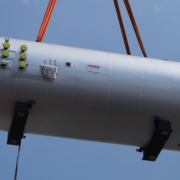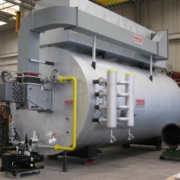How are light-ends generated and what happens in the heat transfer oil system?
Due to the high temperatures, hydrocarbons in thermal oil decompose to form hydrocarbon with shorter chains – the light-ends. This process continuously takes place in each system during operation; the quantity of the decomposition product however depends on temperature and the type of oil used.
Generally, the following items apply: The higher the operating temperature is, the higher is the generated quantity of light-ends. If the fraction of light-ends increases, the flashpoint of the heat transfer oil will be lower.
This process is completely normal. If, however, no flashpoint management has been implemented, problems will begin. Over time, the decreasing temperature of the flashpoint possibly endangers the operating safety. That means, light ends evaporate already at low temperatures and can become slightly flammable.
Furthermore, the increase of light ends supports cavitation on mechanical components of the systems, e.g. in pumps. Therefore, it is recommended to operate an active flashpoint management to keep the flashpoint on a continuously high and safe level.

(source: Allweiler)

